Resilience vital for success: Taproot's Agnello Dias
Adgully: What are the high points of your career?
Agnello Dias: The first high point was when I got a job. I had been trying to join the advertising industry for over two years, and I wasn't able to get through to any agency. When I was eventually taken in as a copy trainee, it changed my life. The second high point was when I was taken on board by Nargis Wadia, who ran Inter Publicity Pvt Ltd, not to be confused with the Inter Public Group Worldwide. I spent two years working for Wadia, and she taught me most of the basics of copywriting and advertising. Then I went to Lintas. The third high point was when Rahul da Cunha †he was at Lintas at the time †was called to perform his play in London. I was asked to handle the campaign in his group, the first campaign I did. We guys were too junior to be given an entire campaign in normal circumstances. Then finally, another high point was when I joined Leo Burnett and started doing all the big projects, such as the one for Bajaj.
Adgully: What is Taproot India's work style?
AD: It is very informal. We don't sit in cabins. I sit with eight people, and Santosh Padhi sits in another area with eight to nine people. That is the way we have structured the working areas. We don't insist on appointments, meetings, or cabins. We deliberate while seated, most of the time, on beanbags or in the balcony. Our approach is driven by bottom line considerations rather than by structure, hierarchy and or process. Work becomes organic that way. If it is a simple assignment, then we brief the team. If it's a large assignment we brainstorm. Padhi, for instance, prefers to work alone when he is thinking about ideas, while I like talk with others about stuff until ideas finally crystallise. Maybe once we grow, we will install a structure and follow a format.
Adgully: What kind of work do you prefer?
AD: I like doing work which has a rational base to it, like financial advertising or products that have a specific logic to their advertising. If you look at the work, you will notice the exact opposite of what I have said, because most of the big campaigns I am known for are emotional. They have soft values rather than a rational feel. Nike, for example, is not a rational campaign, neither was Lead India. And Aman ki Asha, by all logical strictures, should not have been done that way. Maybe they represent the kind of advertising I do versus the kind of advertising I like.
Adgully: How big is the team Taproot?
AD: Right now, our presence is confined to Mumbai. That doesn't mean that we wouldn't want our offices in other circles. We are not thinking about that currently, we are thinking of doing some more good work. Our team strength is about 22 now; most of them work on creatives, unlike a big agency where the majority deal with client servicing.
Adgully: Which projects have gratified you in terms of client response?
AD: Many of them have. I remember when I did an ad about a hockey player for the Times of India. There was one more particularly memorable moment †when I was narrating the script, the client started crying. I remember it because it was very odd, because we see people laughing or crying when they have seen the finished film, but I have never seen a client so moved just by the narration of a concept. In Nike's case, the client wanted a 1-minute edit, but we also took the longer edit along. And when the client was just about to leave we showed them the longer edit¦it made such an impression that the media plan was changed and the media agency was asked to use the longer edit. I have a lot of strange high points. For example, when I did the Thumbs Up bungee film, I still remember a newspaper cutting on the sports section of The Times of India. It was reported that India's first bungee jump was performed at Mahabaleshwar where we shot the soft drink commercial. I regret not saving that clipping. So it was odd in the sense that it was not about advertising, but about being the first one to get bungee jump performed in India. So these odd things are the high points that stick out rather than obvious achievements like awards and stuff. I remember for Bajaj Caliber, we had written a long copy campaign, and at the auto fair the client actually asked for the pulls of the ads, and they were actually going to sell the ads. So people were paying to buy the ad.
Adgully: What experiences resulted from your decision to set up Taproot?
AD: Actually, the decision to start on my own was not as difficult as the process of doing that. The decision, in itself, was not easy to make, but putting things together †from calling the plumbers and electricians to getting finance guys on board †was tough. The decision to go it alone was difficult for another reason: I was working for JWT and was doing well there. So there was a lurking fear about letting go of a good thing. But once you take the decision, even if it's wrong, you try and make it right. Most decisions can never be 100% right, it can 50-60% right¦you have to work on the rest afterwards.
Adgully: What made you start Taproot?
AD: In all my years in the industry, it has been 20 years now, I had jumped from a small but very powerful creative agency like Leo Burnett to a large advertising agency like JWT. I thought there was this one thing I hadn't done: create my own culture and start an agency from scratch. Most of the agencies I worked with had cultures which you adapted. So I didn't want myself wondering when I turned 60 what would have happened if I had done something on my own.
Adgully: What accounts for Taproot's success?
AD: I don't know. It is just one-and-a half-years old and it has had a good start. I think we should show consistency in the next few years too. And then maybe we can look for a pattern in our work and say that because of this we are successful. Right now, the success might be just a coincidence, but if we continue doing what we are doing for three or four years, then we can state with affirmation why are we successful. It's like playing two good one-day innings and asking a cricketer what is the secret of his success.
Adgully: Do you think the industry lacks good creative thinkers and executors?
AD: No, I don't. I think the industry lacks the structure that allows good people to flourish. I don't think we can say that the way we operate will make good talent prosper. I think, even as we speak, there are a lot of talented people who are not able to understand the way in which the industry is structured. So I think we have a lot of talent. Most of us, like me for instance, consider ourselves lucky, because there were a lot of people more talented than me who were not able to reach the right place at the right time. That is bad for the industry.
Adgully: Any advice for new entrants in the field of creativity?
AD: In the creative field, success is not equivalent to talent. Success depends on resilience. It also depends on what pace you can keep coming back after a bounced ad or a released ad that has not done very well, and how much stamina you have. Most of the successful people in creative field are people with great creative resilience than talent. So I think youngsters should remember that .


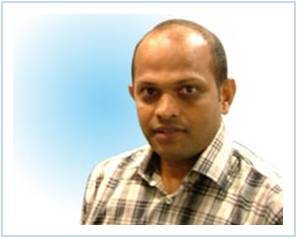

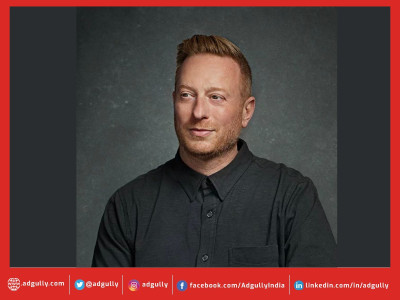


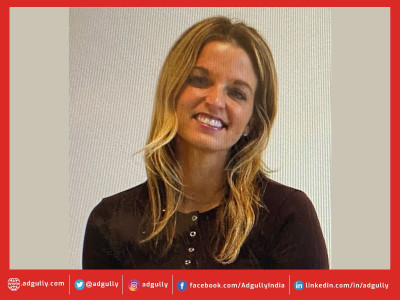
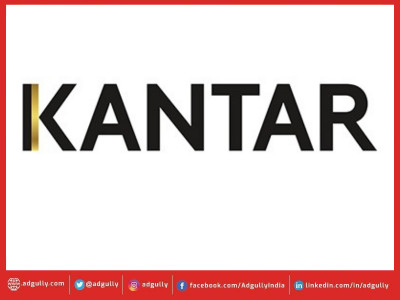
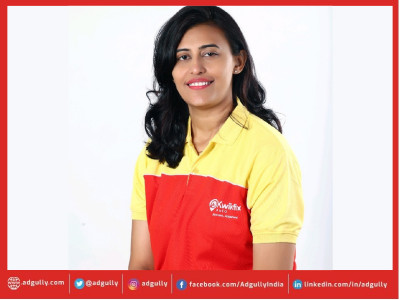
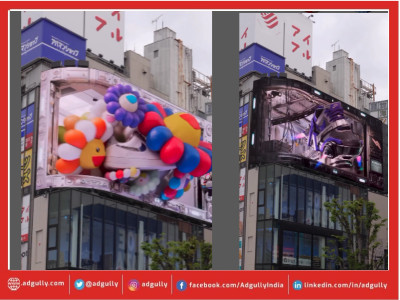
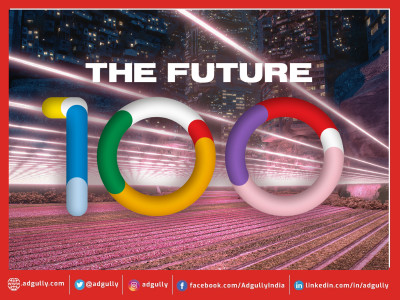
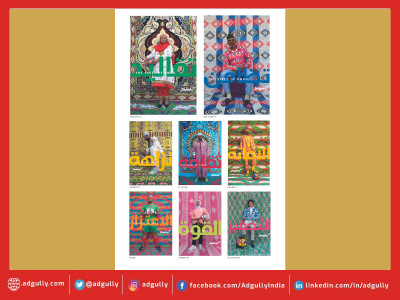



Share
Facebook
YouTube
Tweet
Twitter
LinkedIn